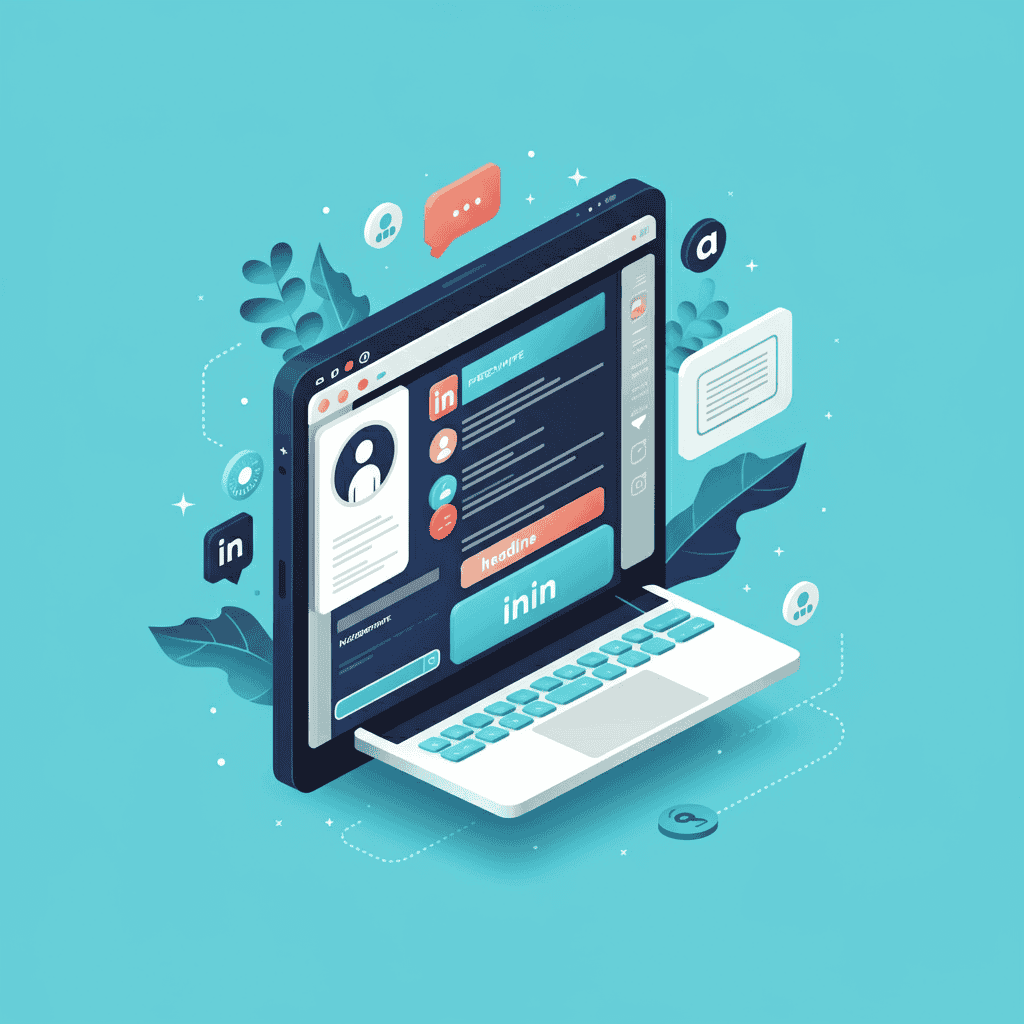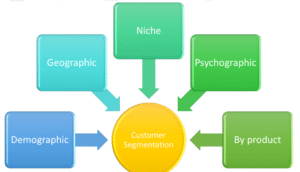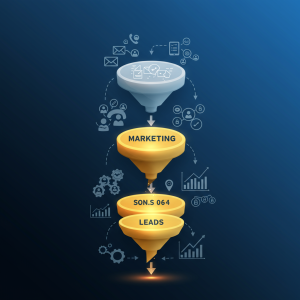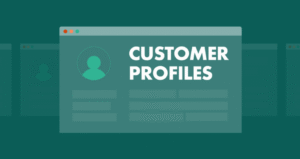SaaS Outbound Marketing Playbook: From Cold to Closed

Building a SaaS business on inbound marketing alone is like waiting for lightning to strike twice. While content marketing and SEO create valuable long-term assets, outbound marketing puts you in the driver’s seat of your growth trajectory.
Outbound marketing for SaaS companies involves proactively reaching out to potential customers through channels like cold email, LinkedIn outreach, and targeted advertising. Unlike inbound strategies that wait for prospects to find you, outbound lets you identify your ideal customers and start conversations on your terms.
The numbers speak volumes: companies that excel at outbound marketing generate 45% more qualified leads and close deals 18% faster than those relying solely on inbound tactics. For SaaS businesses operating with subscription models and long customer lifecycles, this acceleration can mean the difference between runway extension and running out of cash.
This comprehensive playbook will walk you through every stage of the outbound marketing process, from identifying your ideal customer profile to closing deals and nurturing long-term relationships. You’ll discover proven strategies, tactical frameworks, and real-world examples that transform cold prospects into paying customers.
Understanding Your SaaS Outbound Foundation
Define Your Ideal Customer Profile (ICP)
Your ICP serves as the North Star for all outbound activities. Without a crystal-clear understanding of who you’re targeting, even the most compelling messages fall flat.
Start by analyzing your existing customer base. Look for patterns among your highest-value customers: company size, industry, job titles of decision-makers, technology stack, and business challenges they face. These commonalities form the foundation of your ICP.
For B2B SaaS companies, your ICP typically includes firmographic data (company size, industry, location), technographic data (current tools and platforms), and demographic data (job titles, seniority levels). Layer on behavioral indicators like recent funding rounds, hiring sprees, or technology implementations that signal buying intent.
Map Your Buyer Personas
While your ICP defines the companies you target, buyer personas represent the individuals within those companies who influence purchasing decisions. SaaS buying typically involves multiple stakeholders, each with distinct motivations and concerns.
The economic buyer controls the budget and makes final purchasing decisions. They care most about ROI, cost justification, and strategic alignment with business objectives. Technical evaluators assess whether your solution meets functional requirements and integrates with existing systems. End users focus on ease of use, workflow efficiency, and how the tool affects their daily responsibilities.
Create detailed personas for each stakeholder group, including their role in the buying process, primary concerns, preferred communication channels, and the language that resonates with them. This foundation enables personalized outreach that speaks directly to each person’s priorities.
Building Your Outbound Marketing Tech Stack
Essential Tools for Scale
Successful outbound marketing requires the right technology foundation to research prospects, automate outreach, and track results. Your tech stack should streamline repetitive tasks while maintaining the personal touch that drives conversions.
Customer Relationship Management (CRM) platforms like HubSpot, Salesforce, or Pipedrive serve as the central hub for all prospect and customer data. Choose a CRM that integrates well with your other tools and provides robust reporting capabilities.
Sales engagement platforms such as Outreach, Salesloft, or Apollo automate email sequences, track engagement, and manage follow-ups across multiple channels. These tools ensure no prospect falls through the cracks while maintaining consistent messaging.
Prospecting tools like ZoomInfo, Apollo, or Clay help identify and gather contact information for your target accounts. Look for platforms that provide accurate contact data, company insights, and intent signals that indicate buying readiness.
Data Quality and Compliance
The effectiveness of your outbound efforts depends heavily on data quality. Outdated or inaccurate contact information wastes time and damages your sender’s reputation. Implement data hygiene practices that regularly cleanse and update your prospect database.
Compliance with regulations like GDPR, CAN-SPAM, and CCPA isn’t optional. Ensure your outreach includes proper opt-out mechanisms, respects do-not-contact lists, and follows jurisdiction-specific requirements. Non-compliance can result in hefty fines and permanent damage to your brand reputation.
Crafting Compelling Outbound Messages
Cold Email Mastery
Cold email remains one of the most effective outbound channels when executed properly. The key lies in relevance, personalization, and value delivery from the first touchpoint.
Your subject line determines whether your email gets opened or deleted. Keep it under 50 characters, avoid spam trigger words, and create curiosity without being misleading. Personalized subject lines that reference the prospect’s company, industry, or recent achievements perform significantly better than generic alternatives.
The email body should follow a proven structure: attention-grabbing opener, credibility statement, value proposition, and clear call-to-action. Start with a genuine compliment or relevant observation about their business. Establish credibility through social proof, mutual connections, or relevant case studies. Present your value proposition in terms of specific business outcomes rather than product features.
Keep your initial emails under 150 words. Busy executives scan emails quickly, and lengthy messages often go unread. Focus on one primary objective per email, whether that’s scheduling a call, sharing a resource, or requesting a brief response.
LinkedIn Outreach Strategies
LinkedIn provides a powerful platform for relationship-building and social selling. Unlike email, LinkedIn messages appear in a less cluttered environment and provide context about your professional background.
Before reaching out, engage with your prospect’s content. Like, comment, and share their posts to build familiarity. This warm-up period makes your eventual outreach feel less intrusive and more like a natural progression of your professional relationship.
LinkedIn messages should feel conversational rather than salesy. Reference specific content they’ve shared, mutual connections, or shared experiences. Keep messages short and focused on starting a dialogue rather than pitching your product.
Multi-Channel Sequencing
Modern buyers engage across multiple channels, and your outbound strategy should reflect this reality. A typical sequence might include LinkedIn connection requests, email follow-ups, phone calls, and even direct mail for high-value prospects.
Space your touchpoints appropriately to maintain presence without becoming annoying. A common cadence includes initial outreach, followed by touches on days 3, 7, 14, and 21. Adjust timing based on your sales cycle length and buyer behavior patterns.
Vary your message content and format across channels. Your LinkedIn message might share industry insights, while your email includes a relevant case study, and your voicemail offers a specific piece of value. This approach prevents message fatigue while reinforcing your value proposition through different angles.
Advanced Prospecting Techniques
Account-Based Marketing Integration
Account-based marketing (ABM) aligns perfectly with outbound efforts by focusing resources on high-value target accounts. Instead of casting a wide net, ABM concentrates efforts on a smaller number of carefully selected prospects with higher revenue potential.
Start by identifying your target account list based on ideal customer criteria and revenue potential. Research each account thoroughly to understand their business challenges, recent developments, and key stakeholders. This intelligence informs personalized campaigns that resonate with specific account needs.
Coordinate outreach across multiple contacts within each target account. While the economic buyer makes final decisions, influencers and end users shape the evaluation process. Multi-threading your approach increases your chances of finding engaged champions within the organization.
Intent Data and Timing
Intent data reveals when prospects are actively researching solutions in your category. This intelligence allows you to time your outreach when buyers are most receptive to new options.
Third-party intent data providers like Bombora, G2, or 6sense track anonymous web behavior to identify companies showing buying signals. First-party intent data from your own website and content engagement provides even more accurate insights into prospect readiness.
Combine intent signals with other buying indicators like job postings, funding announcements, or leadership changes. These events often trigger evaluation processes for new tools and solutions.
Personalization at Scale
Dynamic Content Strategy
Personalization drives higher response rates, but manually customizing every message doesn’t scale. Dynamic content allows you to create personalized experiences while maintaining operational efficiency.
Develop message templates with variable fields for company name, industry, recent news, and specific pain points. Use merge tags and conditional logic to automatically populate relevant content based on prospect characteristics.
Create industry-specific variations of your core messages. A manufacturing company faces different challenges than a healthcare organization, even when evaluating similar software categories. Tailor your language, examples, and case studies to match industry-specific concerns.
Video Personalization
Video messages stand out in crowded inboxes and allow prospects to connect with you personally. Personalized videos typically achieve response rates 3-5 times higher than text-only messages.
Keep videos short and focused, ideally under 60 seconds. Include the prospect’s name, company, and specific reference to their business in your message. Tools like Vidyard, BombBomb, or Loom make it easy to record, personalize, and track video performance.
Use video strategically for high-value prospects or important follow-ups rather than every touchpoint. The personal touch of video works best when it feels genuine and tailored to the specific situation.
Measuring and Optimizing Performance

Key Metrics and KPIs
Successful outbound marketing requires careful measurement and continuous optimization. Track metrics across the entire funnel from initial outreach to closed deals.
Activity metrics like emails sent, calls made, and LinkedIn messages delivered measure your team’s output. Response metrics, including open rates, reply rates, and meeting acceptance rates, indicate message effectiveness and audience targeting accuracy.
Conversion metrics track prospects through your sales process: meetings scheduled, opportunities created, proposals sent, and deals closed. These metrics connect outbound activities to revenue outcomes and help optimize your approach.
Track metrics by channel, message type, and prospect segment to identify what works best for different audiences. A message that resonates with IT directors might fall flat with CFOs, and your data should reflect these differences.
A/B Testing Framework
Continuous testing improves your outbound performance over time. Test one variable at a time to isolate the impact of specific changes: subject lines, message length, call-to-action phrasing, or sending time.
Run tests with statistically significant sample sizes to ensure reliable results. A/B tests with small sample sizes often produce misleading conclusions that hurt rather than help your performance.
Document your testing results and share insights across your team. What you learn about messaging, timing, and personalization benefits everyone involved in outbound efforts.
Converting Prospects to Customers
Sales and Marketing Alignment
Outbound success requires tight coordination between marketing and sales teams. Marketing generates and qualifies leads, while sales teams convert qualified prospects into customers.
Define clear handoff criteria between marketing and sales. Marketing-qualified leads (MQLs) should meet specific criteria indicating genuine interest and buying authority. Sales-accepted leads (SALs) represent prospects that sales teams agree to pursue actively.
Implement lead scoring that considers both demographic fit and behavioral engagement. A prospect who matches your ICP and actively engages with your content scores higher than someone with perfect demographics but no engagement.
Nurturing and Follow-Up Strategies
Not every prospect is ready to buy immediately, but that doesn’t mean they won’t become customers eventually. Develop nurture sequences that maintain relationships with prospects who aren’t ready for sales conversations.
Segment your nurture campaigns based on prospect characteristics and engagement levels. C-level executives might appreciate high-level industry insights, while technical evaluators prefer detailed product comparisons and implementation guides.
Use marketing automation to deliver relevant content based on prospect behavior and interests. Someone who downloads a security whitepaper might be interested in compliance case studies, while a pricing page visitor might benefit from ROI calculators.
Your Outbound Marketing Action Plan
Implementing a successful outbound marketing program requires systematic execution and continuous refinement. Start by establishing your foundation: define your ICP, map buyer personas, and set up your technology stack.
Begin with a small, focused campaign targeting your highest-value prospects. This approach allows you to test your messaging, refine your process, and generate early wins that build momentum across your organization.
Scale gradually as you optimize your approach. Add new channels, expand your target market, and increase outreach volume only after proving effectiveness with smaller campaigns. This methodical approach prevents wasted resources and maintains quality standards.
Remember that outbound marketing is a long-term strategy that builds momentum over time. Consistency, persistence, and continuous improvement will transform your cold outreach efforts into a reliable revenue engine that accelerates your SaaS growth trajectory.
Learn more: The Advantages and Disadvantages of Outbound Marketing





